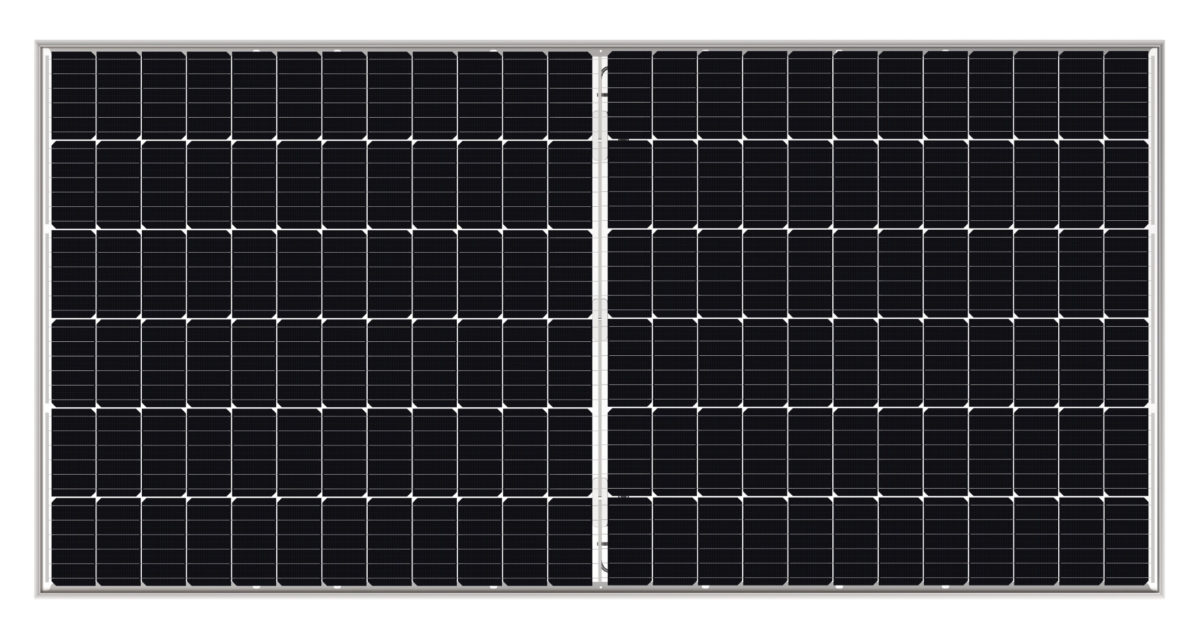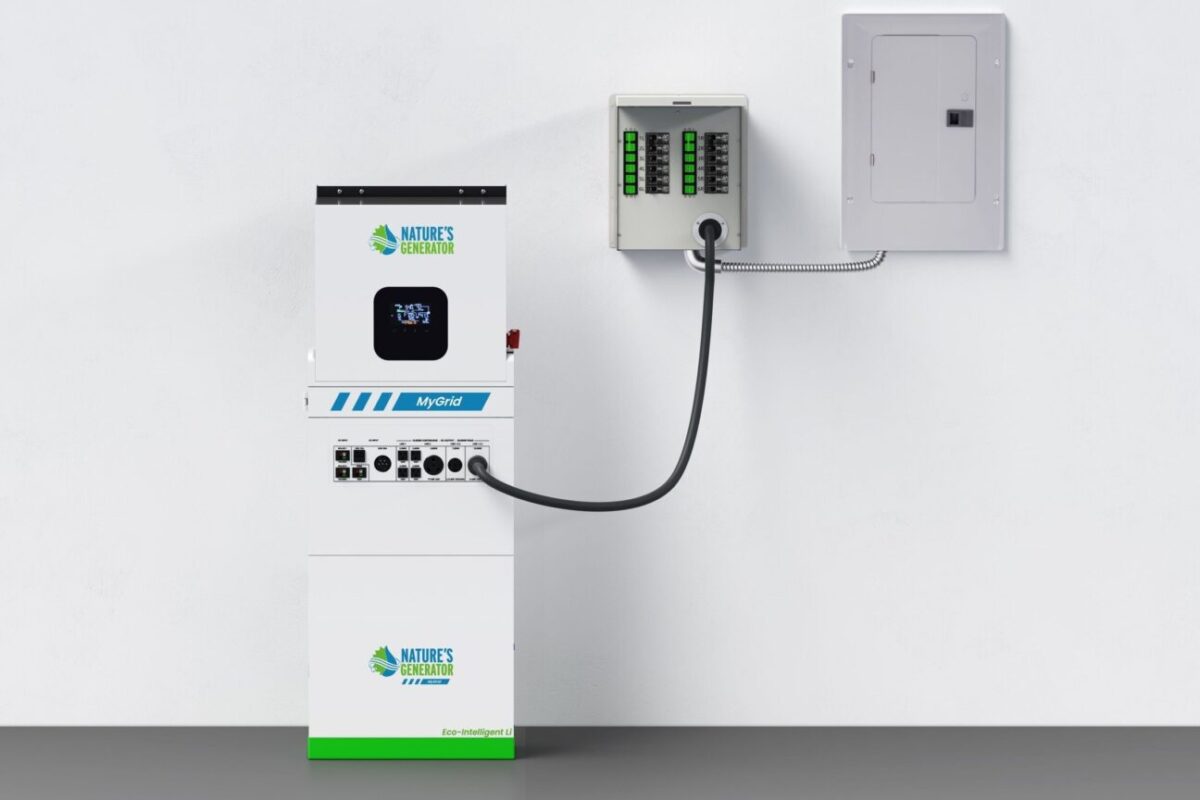Chinese solar panel makers JinkoSolar, Longi and JA Solar have released a white paper intended to show what they believe are the advantages for developers of large scale PV projects of using photovoltaic modules manufactured with M10, 182mm wafers.
“The 182mm-wafer-size module is the most cost–effective solution based on the in–depth analysis of various boundary conditions of the whole industrial value chain,” the document reads. “Without efficiency improvement, further increase on module power with larger size modules will not achieve lower system cost.”
The three manufacturers emphasized the increasing reliability risks associated with larger and more powerful products and reiterated the well-known saying “bigger is not always better,” heard in recent months from all those companies that decided not to bet on 210mm wafers, and modules with a power output exceeding 600 W. JA Solar, however, launched an 800 W product in August.
According to the analysis by the three companies, which considered factors such as manufacturing, transportation, installation, power generation performance and system matching, the ideal module weight for easy deployment is 33.3kg and the maximum weight should not exceed 35kg. Furthermore, glass thickness for bifacial products should not be over 2mm. “On the premise of [a] two [times] 2mm, double-glass, structure and reasonable control of the frame cost, the size of the module should be within a limit, otherwise its ability to resist static and dynamic load will be weakened seriously,” the experts from the three companies stated, adding that glass burst and micro–cracks become more frequent if these size and width parameters are exceeded.
In terms of yield and efficiency, 182mm wafers do not differ substantially from 166mm products, however, they can provide a significant balance-of-system (BoS) cost reduction, due to their increased size and current. These lower costs are achieved thanks to three main factors: A larger racking design which reduces support and pile foundation costs per watt; a reduced length of the cables connecting PV strings and combiner boxes, or string inverters; and a lower labor cost associated with the limited increase in the product's size. “The 182mm-wafer-size module is compatible with the design of two rows of vertical (2P) and four rows of horizontal (4L) racks, and can adapt to different terrain conditions by adjusting the number of strings on a single rack,” the paper notes.
The manufacturers compared the BoS costs of 182mm-wafer-size modules and 210mm products installed on the 4L rack, and found that the former have a slight advantage in racking, foundation, and land costs. “Excessive working current of a module will lead to a significant increase of the heat losses on the metal contact surface of the cell, the ribbon and the bus bar, which will increase the working temperature of the module to a certain extent,” the experts stated.
*The article was amended to reflect that the ideal module weight for easy deployment is 33.3kg and not 3.3kg as we previously wrote.
This content is protected by copyright and may not be reused. If you want to cooperate with us and would like to reuse some of our content, please contact: editors@pv-magazine.com.




1 comment
By submitting this form you agree to pv magazine using your data for the purposes of publishing your comment.
Your personal data will only be disclosed or otherwise transmitted to third parties for the purposes of spam filtering or if this is necessary for technical maintenance of the website. Any other transfer to third parties will not take place unless this is justified on the basis of applicable data protection regulations or if pv magazine is legally obliged to do so.
You may revoke this consent at any time with effect for the future, in which case your personal data will be deleted immediately. Otherwise, your data will be deleted if pv magazine has processed your request or the purpose of data storage is fulfilled.
Further information on data privacy can be found in our Data Protection Policy.